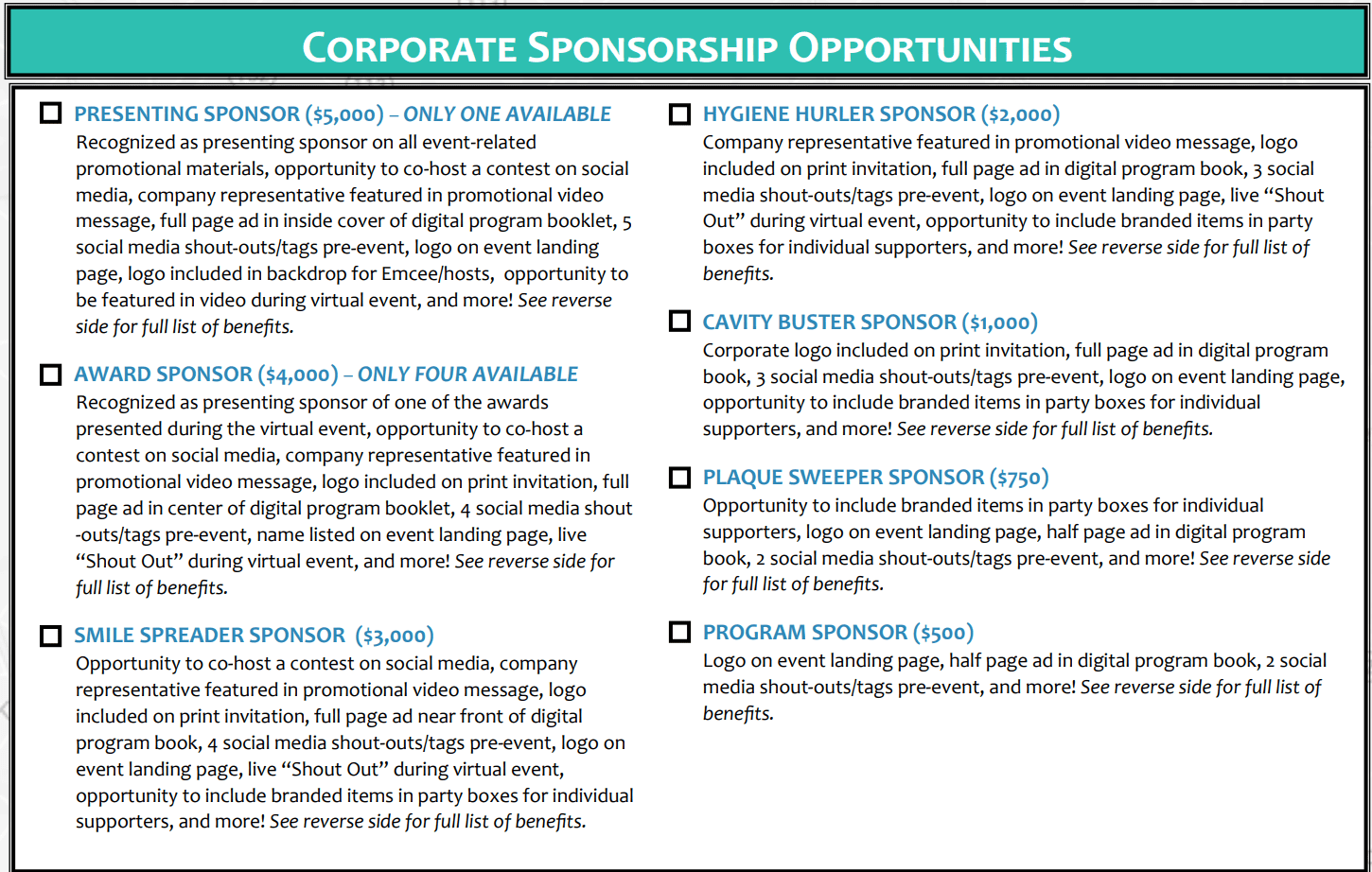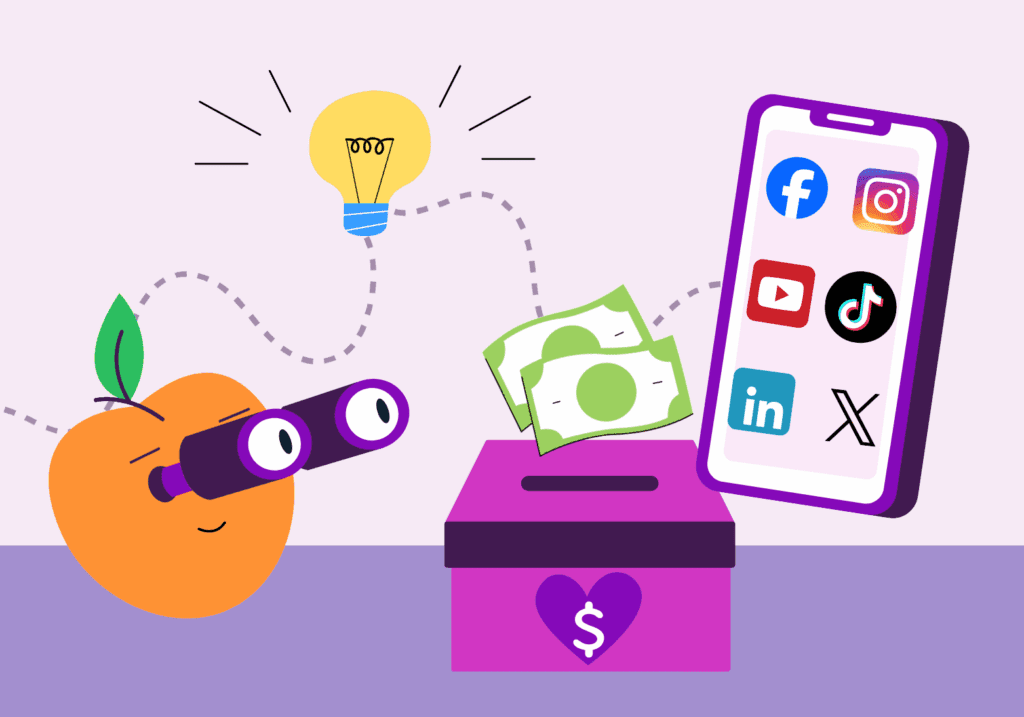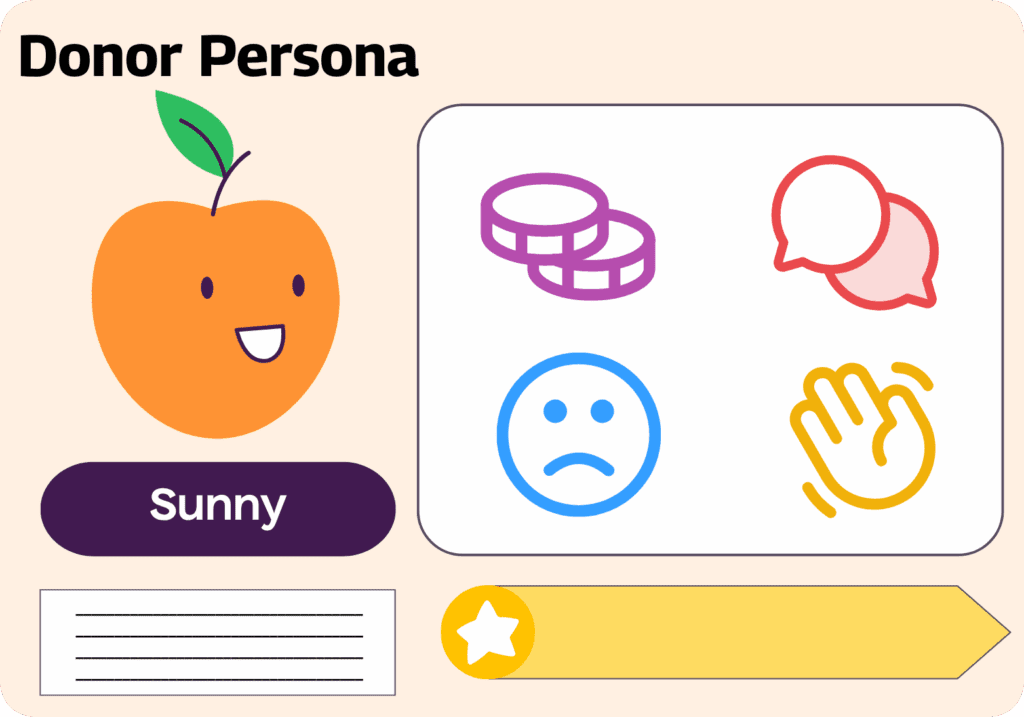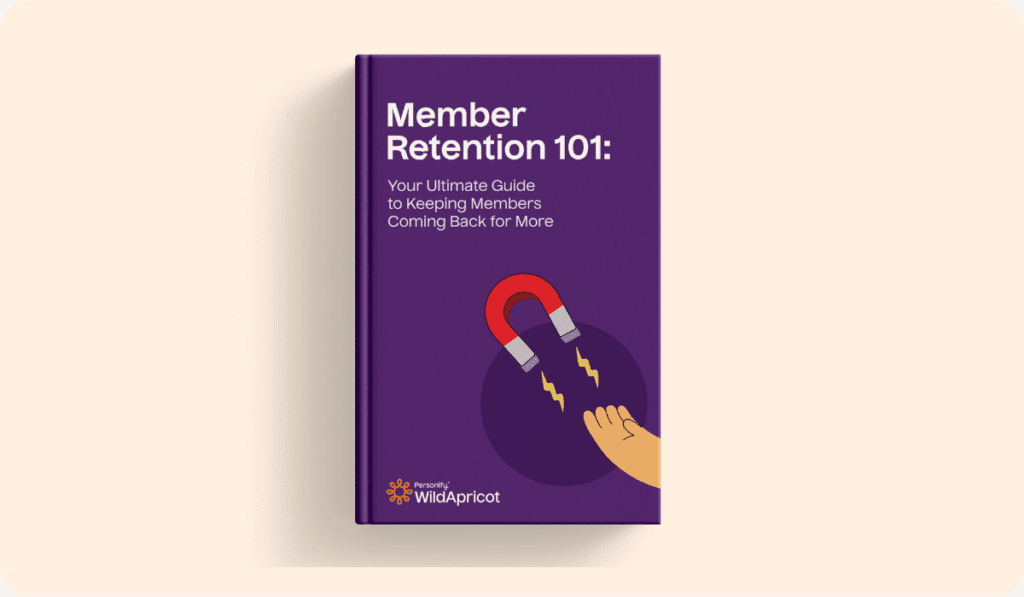Nonprofit events are evolving fast with the rise of virtual platforms, transforming traditional event sponsorships into enticing digital opportunities. This shift presents unique chances for both nonprofits and sponsors to engage audiences in new and innovative ways, maximizing the impact of their partnerships.
Virtual sponsorships leverage digital tools and platforms to provide sponsors with access to targeted audiences. From branded digital content to virtual event sponsorships, nonprofits can create impactful collaborations that align with sponsors’ objectives. This guide explores practical strategies and ideas for successful virtual sponsorships, ensuring nonprofits continue to thrive in this new era of event planning.
And if you’re looking for other ways to make your virtual event successful, check out our Virtual Events Research Report to learn other fundraising tactics and engagement tactics you can try!
How Do Virtual Sponsorships Work?
When she began listing sponsorship benefits, Lila didn’t have high hopes for how much she could raise. By the time she finished her list, she realized she was offering sponsors a lot of value — possibly more value than she had with a traditional event. She revised her existing sponsorship letter to reflect the new benefits sponsors could take advantage of.
Find the Value
The first thing you must do to create attractive online sponsorship packages is determine the value of what you’re offering.
And what’s most valuable to your sponsors?
Access to your audience. The more you can tell sponsors about them, the better.
“I like to say that companies look for audiences to tell them what is good, profitable and popular in the world. So it’s not about whether you have a walk or run or a gala – or if those events are virtual or live. What matters is what type of AUDIENCE is participating in the fundraiser,” says Joe Waters, sponsorship expert, consultant, and founder of Selfish Giving. “This is why it’s so important for nonprofits to clearly and deeply understand who their attendees are, their backgrounds and what their buying preferences may be.”
Nikita Patel, nonprofit sponsorship expert, agrees. “Successful virtual sponsorships rely on making the sponsors feel connected to their target audience in a way that makes them feel at ease and confident.”
How many people do you anticipate will be in the audience? Will your recorded event be available for future audiences? How are people engaging with your content? What are your website visit and email click-through numbers like? These are stats that will help you sell sponsorships.
Create Packages… or Not
To appeal to the greatest range of sponsors, you might want to create different packages at different price points.
Which of your sponsorship opportunities offers the most value? What gets the sponsor the most access to your audience’s attention? Where do you have room for several sponsors to be involved?
And remember, corporate sponsors don’t want to compete against each other or be part of a giant crowd. Limiting the number of sponsorship slots available at each level can help increase the value of each slot to the sponsor, just like in this example from Healthlink Dental Clinic.

However, many sponsorship experts are now advising against this tactic.
“If you’re still sending out proposals that are also filled with gold, silver, bronze (GSB) levels, then you need to stop!” says Abby Clemence, Director of Infinity Sponsorship.
Some of the reasons that she advises against them include:
- They do not offer brands the flexibility they are after or the experiences that they want.
- These levels have little or no valuation placed against them.
- Brands often ‘cherry pick’ from the options to customize the experience that most closely matches what they’re after, and will offer the lowest possible amount.
Instead, she suggests creating a partnership with brands that allows them greater access to your audience — that’s what they really want, after all.
This is especially true if you have an existing relationship with a sponsor — you can work with them to create something they’re really excited about.
Price Appropriately
How do you price an online event sponsorship? The answer will be different for everyone, but to start figuring it out, you’ll need to ask three questions.
1. What would the audience access cost commercially?
If the sponsor were paying for traditional advertising to your audience, what would that cost? You don’t need to itemize a list and charge exactly what your local media outlets do for space, but looking into advertising rates can help you put a dollar amount on the value you’re offering.
Consider also what the sponsor stands to gain from recruiting a new customer. How much could they make if one of your attendees buys their product? What if 1% of your attendees became customers? Include those numbers in your thinking, too.
“It’s important to remember that pitching a virtual sponsor to a company is no different than pitching an event or program sponsorship to that company,” says Joe.
“Your goal is to show them how your sponsorship opportunity – virtual or not – helps them achieve those goals. When you focus on giving sponsors access to the right audience, the context of the opportunity doesn’t matter because the right AUDIENCE is always present.”
2. How much do you need to raise?
The revenue you need will influence both how many sponsorships you offer and the amount at which you price each level. Whether you decide to raise a certain percentage of your fixed costs via sponsorship, or base your likely sponsorship totals off previous years, you need a firm dollar goal to aim for.
3. What is the current market like?
What are other nonprofit virtual sponsorships like in your area? That’s a good clue about what sponsors may expect and be willing to pay. Don’t vastly exceed or undersell the going rate.
20 Virtual Sponsorship Ideas
Ready to dive into your sponsorship proposals? Here are 20 ideas to get you started.
And remember, you don’t have to start entirely from scratch. Some of your standard in-person sponsorship benefits may directly translate online, like mentions and thanks from speakers, or naming opportunities.
For direct online sponsorship benefits, here are 20 ideas to consider.
1. Offline Perks
Offer sponsors the opportunity to make a real-life impact by providing offline perks or experiences to attendees, like takeout gift cards for a dinner event, or supplies for a project they’ll do at the event.
Lila invited one of her past sponsors to provide snack boxes that would be delivered to each conference attendee’s home. The boxes included a note recognizing the sponsor, and she branded the boxes as, “Snacks from Sponsor Name.”
2. Advertising Channel
Using livestream or Youtube, you can broadcast interviews with sponsors and promotional content during your event, or leading up to it.
3. Co-Host a Contest
Social media contests are popular and fun. Offer sponsors a slot as a co-host of the contest.
4. Digital Program Book
Take your event program online by transforming it into a PDF or other digital publication. Offer different size and placement options for different levels of sponsorship.
5. Mail Sponsorship Materials
Just because your event is virtual doesn’t mean everything associated with it has to be. Mail programs and promotional materials to attendees ahead of the event.
6. Branded Platforms
Look for places to display logos and sponsorship messages within the technology you’ll use for your event. For example, Lila offered her sponsors the opportunity to put their name on each session breakout room. Can you brand your waiting rooms or event app components?
7. Social Media Shoutouts
Your social media channels are a great way for sponsors to get in front of your audience. Feature them with shoutouts and sharing their content. Offer them the option of creating their own posts to share.
8. Swag Bags
Invite sponsors to contribute branded swag for swag bags you’ll send to attendees before or after the event, or sponsor the postage to send them out.
By offering this option, Lila was able to put together a nice package of items to send the conference attendees.
9. Demonstrations
Give sponsors time at your event to demonstrate their product or sign up attendees for a one-on-one.
10. Sponsor Breakaway Chats
“Have a call beforehand between the sponsor and the speakers to ease any awkwardness prior to the call and get everyone more comfortable with each other,” suggests Nikita Patel.
“Since there is an explosion of webinars, virtual conferences and interviews due to pivoting required by the COVID 19 pandemic, virtual event fatigue is REAL. I’ve felt it myself. The more natural you can make an interaction between the sponsors and the speakers, the better experience you can facilitate for all your event stakeholders — sponsors, speakers and attendees alike.”
11. Animal Pop-In
Want to put a little fun into a session? Animal popup services, like Goat 2 Meeting, bring surprise visits from animals. Who wouldn’t like being the “llama sponsor”?
12. Celebrity Cameo
If cameos from local or national celebrities are part of your promotion strategy, add a sponsor shoutout. “Celebrity X will say your company’s name in what we expect to be a highly-viewed commercial” can be appealing.
13. Virtual Tours
Are you planning to take your audience on a journey with a virtual tour or look behind-the-scenes? Make it part of a sponsorship package.
14. Branded Prizes
Are you gamifying your event or running contests during or before it? Invite sponsors to contribute branded prizes for the winners.
15. VIP Pre-and Post Gatherings
Pre-and-post-event gatherings offer a benefit to attendees and an opportunity for sponsors.
“If you give sponsors an opportunity to do welcoming remarks and encourage the sponsors to offer a free consult/demo of their services to your attendees, that is a great way of working around the physical distancing, facilitating the networking that otherwise would have happened at in person conferences/events,” says Nikita. “Sponsors want meaningful engagement with their target market.”
16. Banners
While you can’t display a physical banner at your virtual events, there are many opportunities to display banner ads with your sponsors’ logos and names. Consider adding a sponsorship banner to your registration page, online event platform, or in your promotional emails.
17. Full-Screen Sponsorship Ads on Breaks
Instead of “dead air” between speakers or events, use the time to promote your sponsors with a full-screen ad or by playing a video.
18. Guest Posting
Are you blogging in preparation for the event? Invite sponsors to contribute a guest post about their participation.
19. Promotional Video
Are you using a video to promote your event? Include sponsors’ information as part of the end card, or ask them to feature in it.
20. Include Sponsors in Follow-Up
Your sponsorship benefits don’t have to end when your event is over. Offer them slots in follow-up communications, session notes, and event reports.
Virtual Nonprofit Sponsorship Works
Virtual sponsorships are a fantastic way for nonprofits to adapt and grow in the digital world. By getting creative with digital tools and platforms, you can keep your sponsors happy and your events exciting. This guide is packed with tips and strategies to help you make the most of virtual sponsorships. Embrace these ideas to build strong partnerships, connect with your audience, and continue making a difference. Ready to dive in? Start implementing these strategies and watch your nonprofit thrive online!









